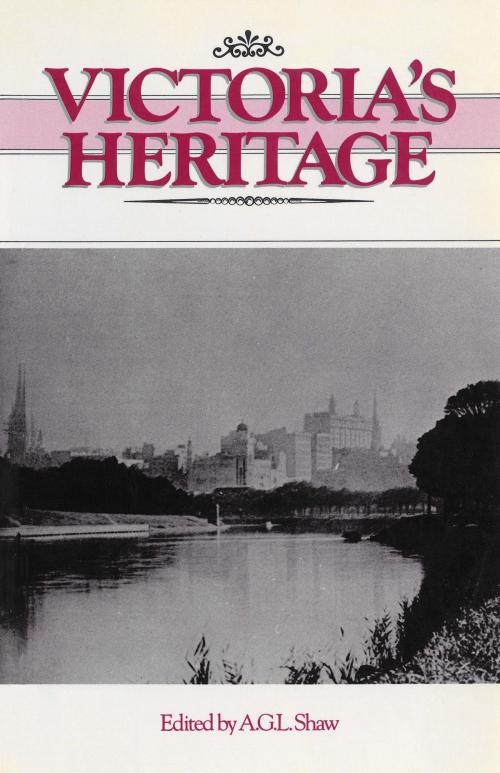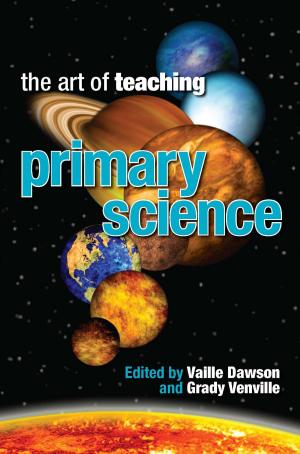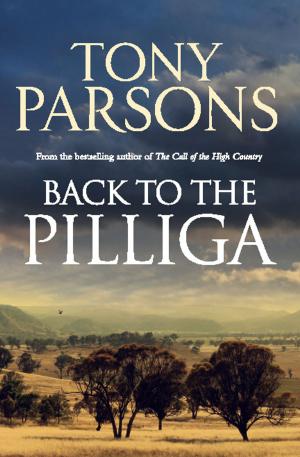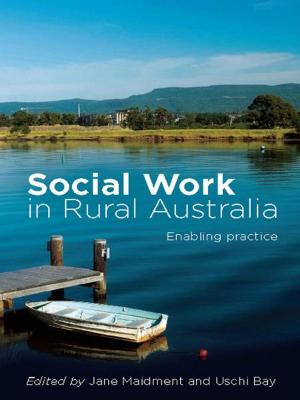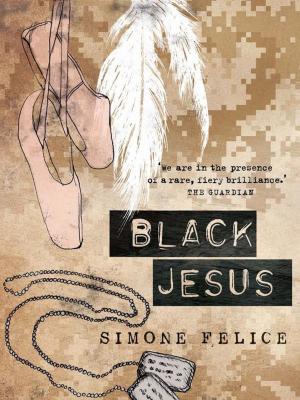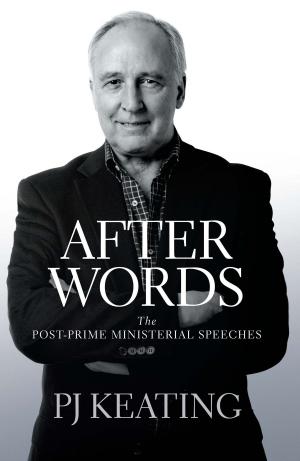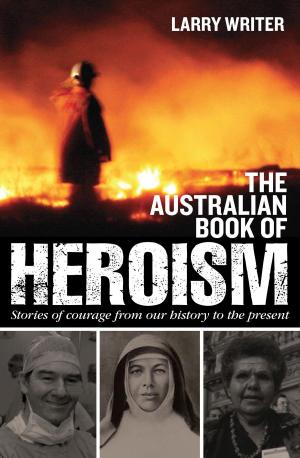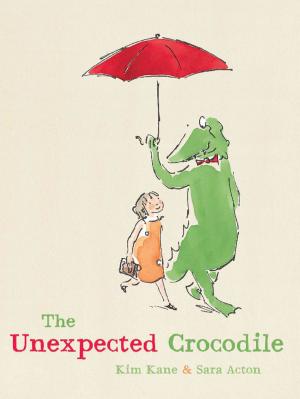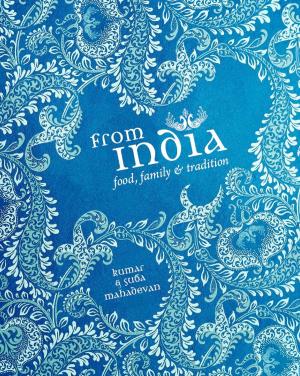Victoria's Heritage
Lectures to celebrate the 150th anniversary of European settlement in Victoria
Nonfiction, History, Australia & Oceania| Author: | A. G. L. Shaw | ISBN: | 9781742697017 |
| Publisher: | Allen & Unwin | Publication: | January 1, 1986 |
| Imprint: | Allen & Unwin | Language: | English |
| Author: | A. G. L. Shaw |
| ISBN: | 9781742697017 |
| Publisher: | Allen & Unwin |
| Publication: | January 1, 1986 |
| Imprint: | Allen & Unwin |
| Language: | English |
Victoria's 150th anniversary celebrations have put the spotlight on the state, and on its cultural and environmental development. In this book, leading historians survey that development across a number of important areas including literature, painting, environmental control, drama and architecture.
After an introduction by A. G. L Shaw setting the social, economic and political scene, Graham Davison describes the evolution of a Melbourne 'image' in pictures and in planning. Marjorie Harper, by contrast, looks at the development of public policy over the period by reference to three major Melbourne economists - Copland, Downing and Henderson. Chris Wallace-Crabbe both summarises and catches the flavour of Victorian literature, J. M. Powell raises major questions for the state's future in his discussion of planning and the environment, while Frank von Straten recalls a host of memories in a chapter on popular entertainment.
Margaret Plant, in 'Visual Victoria', ranges from the work of Eugene von Guerard through the Heidelberg School to the painters of today, and Conrad Hamann asks, after his summary of twentieth century Victorian architecture, whether we have come nearer to a distinctively Australian style. Finally, Howard Love traces a rich strain of drama and music in colonial Melbourne.
What constitutes a distinctively Victorian, or even Australian, culture will always be the subject of long debate. This book cannot provide comprehensive answers, but it will provide a rich store of information, and some answers, for all those interested in the state's history, as students, teachers. or simply Victorians.
Victoria's 150th anniversary celebrations have put the spotlight on the state, and on its cultural and environmental development. In this book, leading historians survey that development across a number of important areas including literature, painting, environmental control, drama and architecture.
After an introduction by A. G. L Shaw setting the social, economic and political scene, Graham Davison describes the evolution of a Melbourne 'image' in pictures and in planning. Marjorie Harper, by contrast, looks at the development of public policy over the period by reference to three major Melbourne economists - Copland, Downing and Henderson. Chris Wallace-Crabbe both summarises and catches the flavour of Victorian literature, J. M. Powell raises major questions for the state's future in his discussion of planning and the environment, while Frank von Straten recalls a host of memories in a chapter on popular entertainment.
Margaret Plant, in 'Visual Victoria', ranges from the work of Eugene von Guerard through the Heidelberg School to the painters of today, and Conrad Hamann asks, after his summary of twentieth century Victorian architecture, whether we have come nearer to a distinctively Australian style. Finally, Howard Love traces a rich strain of drama and music in colonial Melbourne.
What constitutes a distinctively Victorian, or even Australian, culture will always be the subject of long debate. This book cannot provide comprehensive answers, but it will provide a rich store of information, and some answers, for all those interested in the state's history, as students, teachers. or simply Victorians.
